If you struggle with the concept of infinity, stick your head in the boot of a Skoda Superb Estate and it might just finish you off.
There’s no more capacious derrière in the known universe. But the Superb Estate is a larger whole than just that one, and much more than a pretty space: it’s possibly one of the most useful all-rounders you can buy.
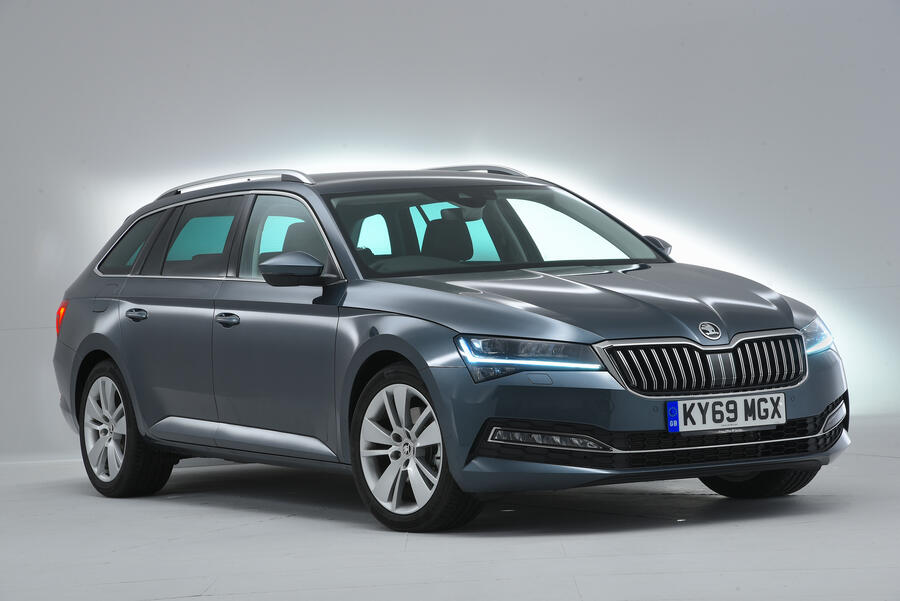
Engines? Initially, Skoda offered a 1.4-litre four-cylinder turbo petrol in 123bhp TSI 125 and 148bhp TSI 150 guises. This was replaced with the 1.5-litre TSI 150 in the Superb’s 2018 mid-life facelift. There were also two versions of the 2.0-litre four-pot, the TSI 220 and TSI 280, with 217bhp and 276bhp.
The latter became the 287bhp TSI 290 in 2018, when a TSI 190 was also added. The plug-in-hybrid Skoda Superb iV arrived in 2020. This uses a 1.4-litre turbo petrol engine and a 144bhp electric motor for a total output of 215bhp.
On the diesel side, it’s the 118bhp 1.6-litre and 148bhp 2.0-litre four cylinder engines (the TDI 120 and TDI 150) that dominated early sales and are therefore the most prevalent on the used market.
The 2.0-litre diesel engine was also available as a 187bhp TDI 190, which was later raised to 197bhp and known as the TDI 200. This could be had with four-wheel drive.
Superb buyers could also choose between a six-speed manual or a dual-clutch automatic (DSG) gearbox.
As far as trim levels go, the basic S features a 6.5in infotainment touchscreen (upped to 8.0in in 2018), air-con, Bluetooth and a DAB radio. SE has 17in alloy wheels, dual-zone climate control, rear parking sensors and adaptive cruise. SE Technology adds sat-nav, front parking sensors and an electric driver’s seat with memory function. The SE L Executive (later just SE L) and range-topping Laurin & Klement models got a digital instrument display and a 9.2in touchscreen from the facelift. Sportline and Sportline Plus were also introduced in 2018, coming with larger alloys and sporty black and carbon styling details inside and out.

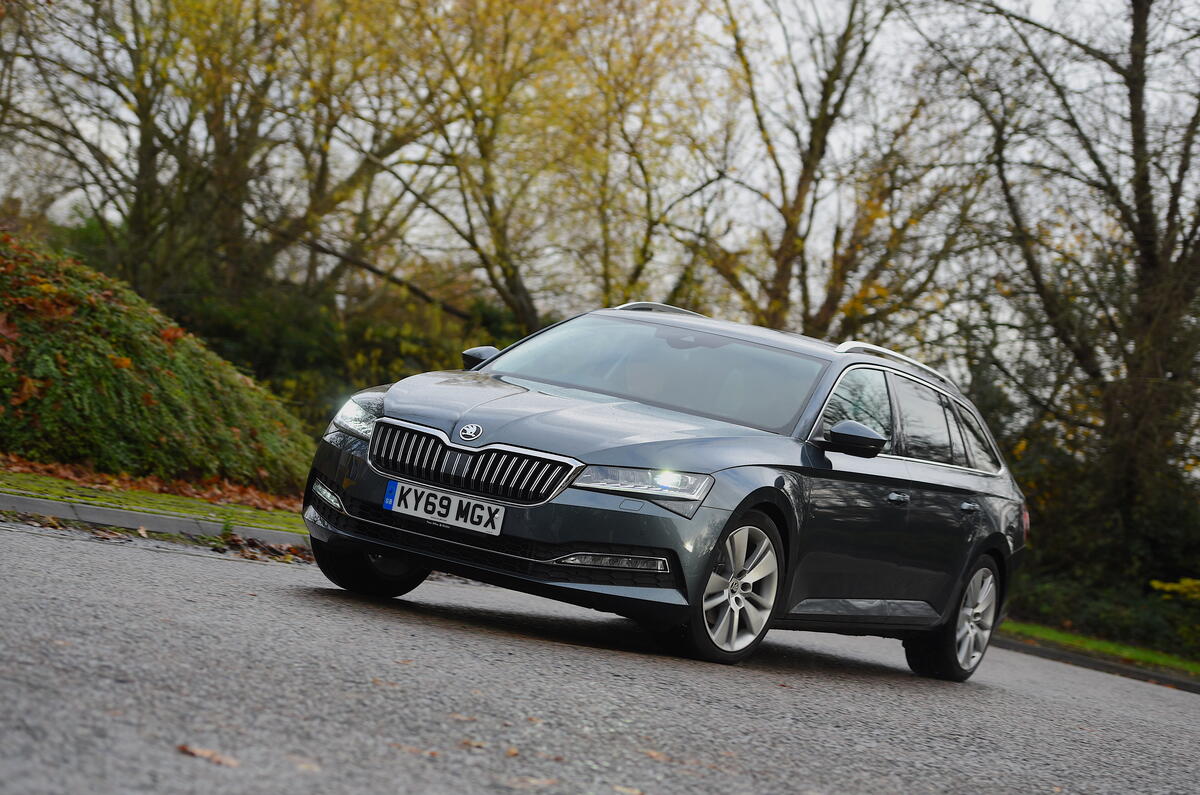





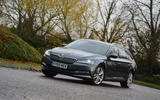






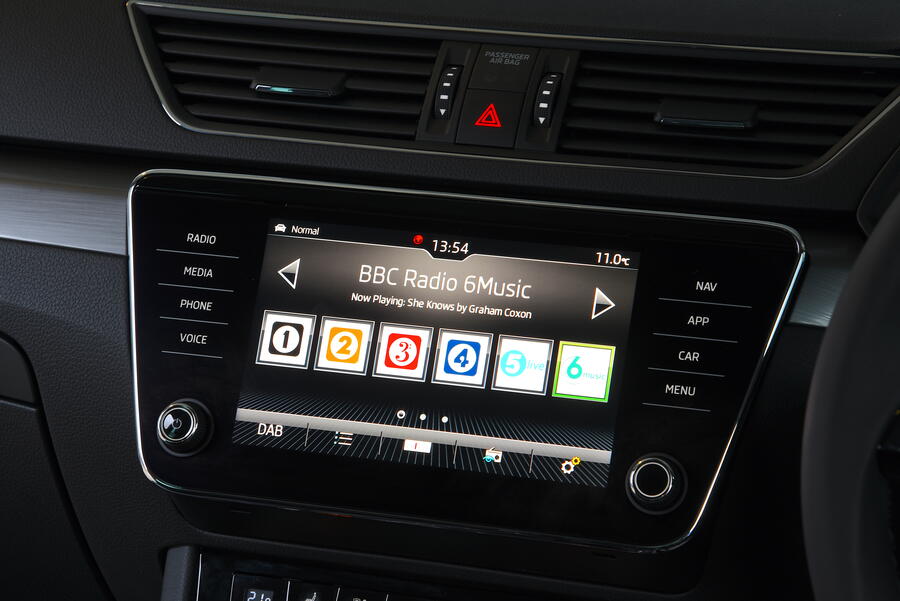
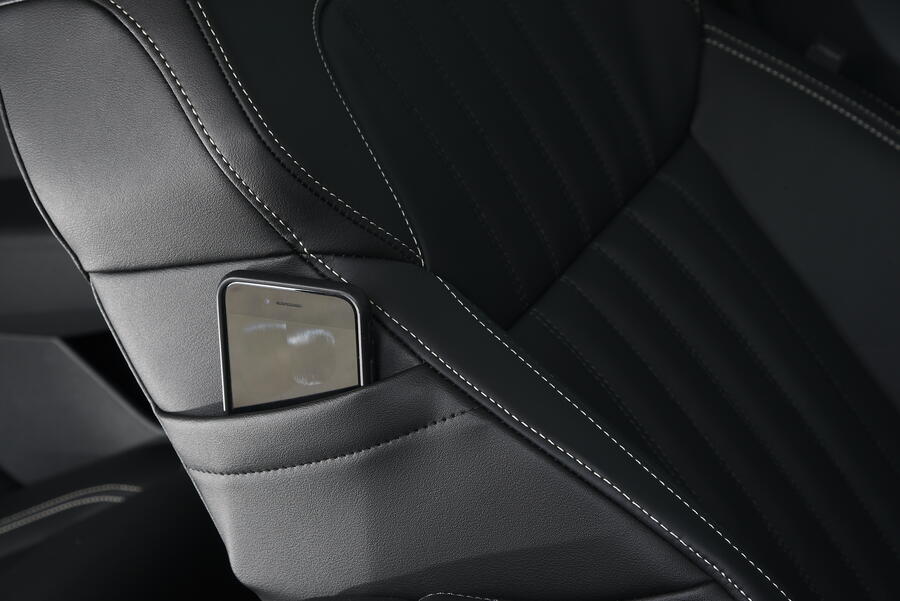
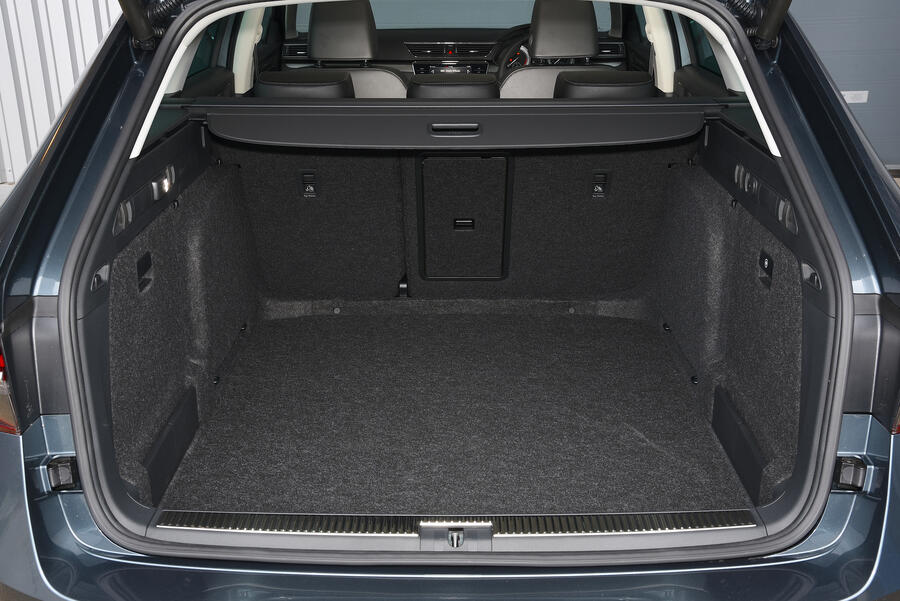
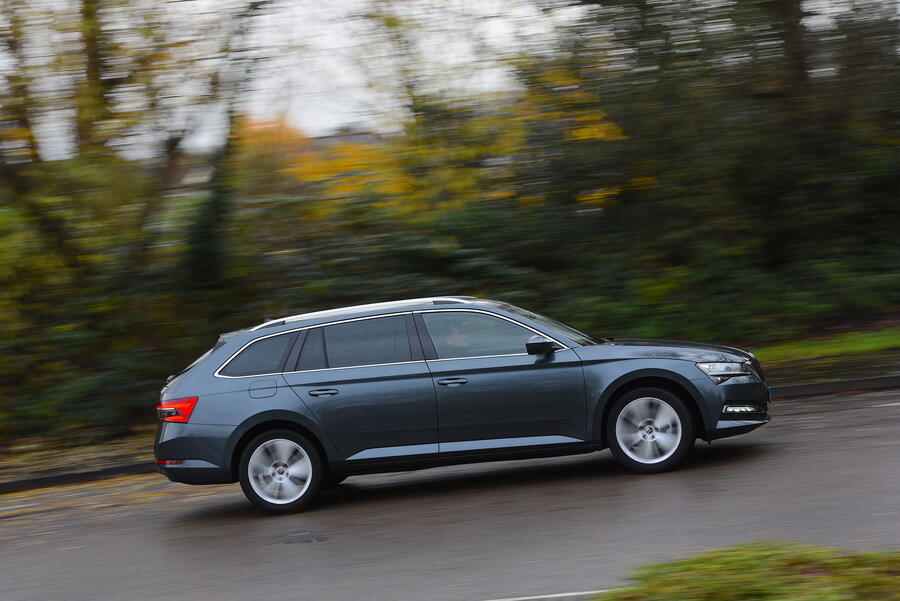


Add your comment